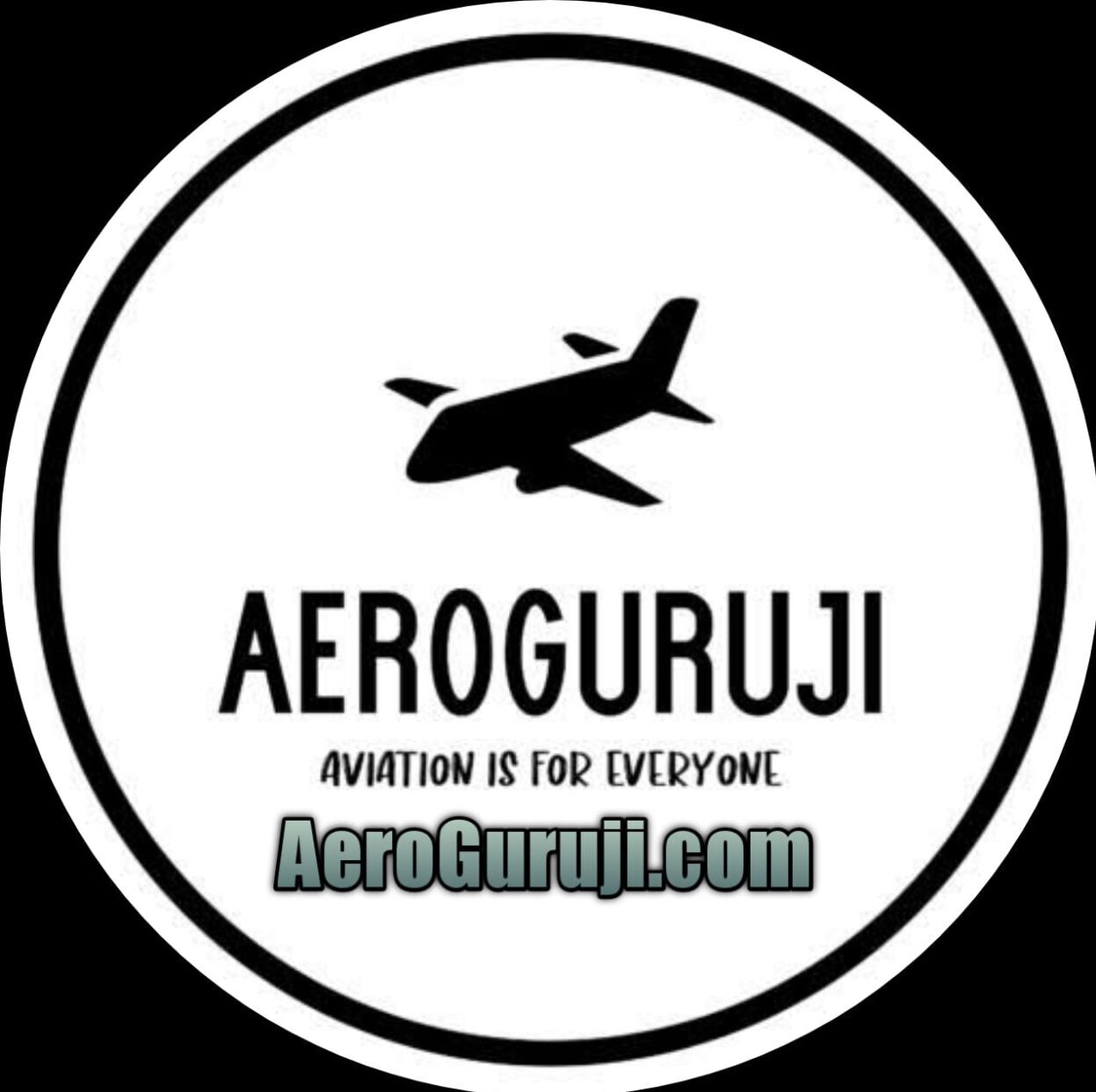A career in Aerospace Technical Publications can be rewarding for individuals who have a passion for aerospace, excellent communication skills, and a keen eye for detail. Aerospace Technical Publications involve creating and maintaining technical documents and manuals related to aircraft, spacecraft, and other aerospace systems. Here is some guidance to pursue a career in this field:
- Education and Qualifications: Most Aerospace Technical Publications roles require a bachelor’s degree in engineering, aerospace engineering, technical writing, or a related field. Having a background in aerospace or engineering provides a solid foundation to understand complex technical concepts.
- Technical Writing Skills: Develop strong technical writing skills, including the ability to communicate complex technical information clearly and concisely. Practice writing different types of technical documents, such as manuals, procedures, specifications, and reports.
- Familiarity with Aerospace Systems: Gain knowledge about aircraft and spacecraft systems, components, and operations. Familiarize yourself with aerospace terminologies, industry standards, and regulatory requirements.
- Software Proficiency: Learn and become proficient in technical writing tools and software commonly used in the aerospace industry. This may include XML authoring tools, content management systems (CMS), Adobe FrameMaker, Arbortext, and other documentation tools.
- Attention to Detail: Precision and attention to detail are crucial in Aerospace Technical Publications. Ensure accuracy in technical content, illustrations, and diagrams to create reliable and user-friendly documents.

- Collaboration and Communication: Aerospace Technical Publications professionals work closely with engineers, subject matter experts, and other stakeholders. Strong collaboration and communication skills are essential for gathering information and clarifying technical details.
- Regulatory Compliance: Understand aviation and aerospace regulations, such as those from the FAA or EASA, and ensure that technical publications adhere to these standards.
- Continuous Learning: Stay updated with advancements in aerospace technology and industry trends. Attend conferences, workshops, and webinars related to technical writing and aerospace to enhance your knowledge and skills.
- Internships and Experience: Seek internships or entry-level positions in aerospace companies or technical writing departments to gain practical experience and exposure to the field.
- Portfolio Development: Assemble a portfolio showcasing your technical writing projects and aerospace-related documentation. A well-organized portfolio can demonstrate your abilities to potential employers.
A career in Aerospace Technical Publications can open doors to opportunities in aerospace companies, defense organizations, and aviation manufacturers. It allows you to contribute to the dissemination of critical information and support the safe and efficient operation of aerospace systems. Continuous learning and a passion for aerospace will help you thrive in this dynamic and specialized field.
Air Vistara hiring – Apply Now


One Reply to “Guidance for Building a Career in Aerospace Technical Publications”